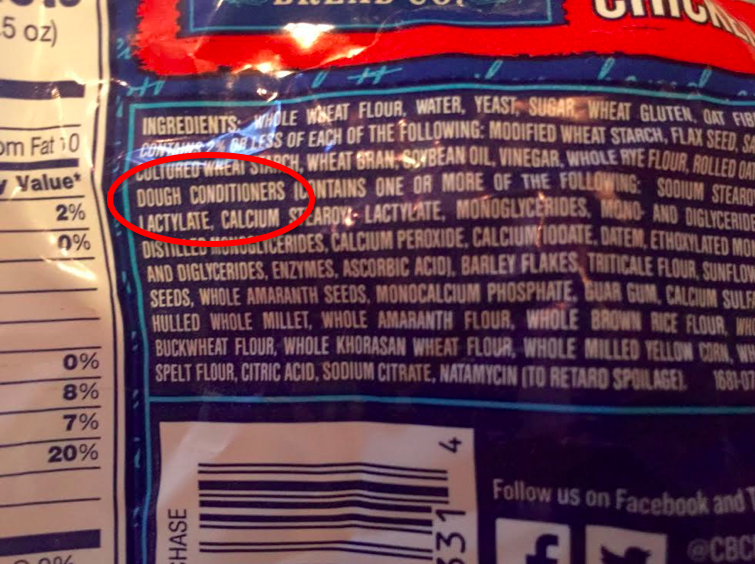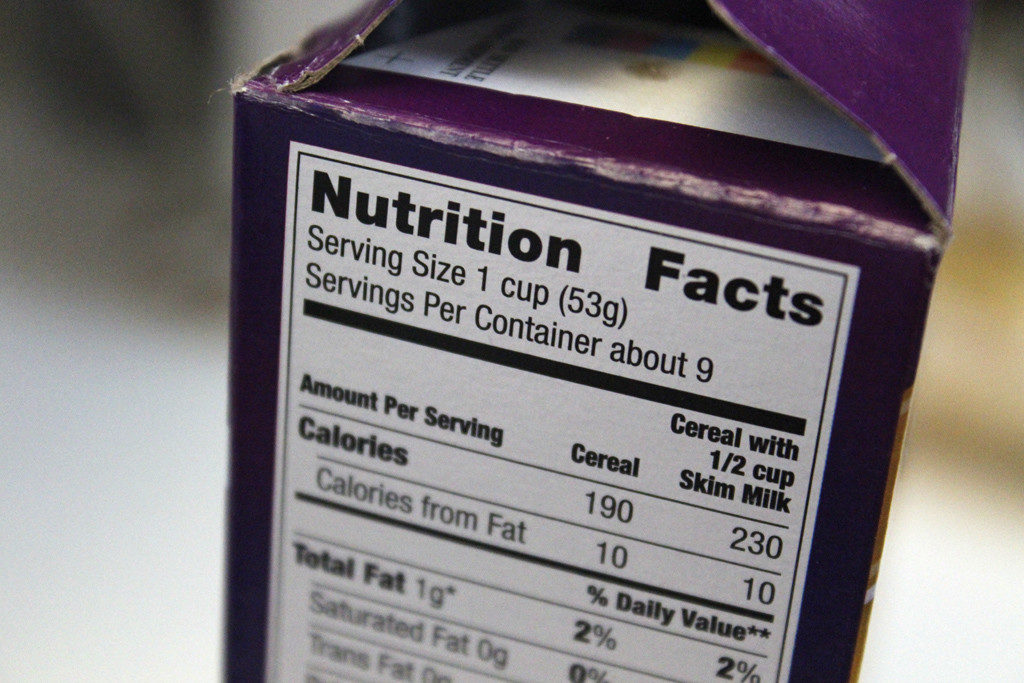These days, we can’t seem to get enough yoga. Between the comfortable legging options (thanks lulu for making us broke), the plethora of physical and mental health benefits, and all the unique studio options (e.g. hip-hop yoga, weed yoga, etc.) to choose from, it’s a no-brainer that yoga has blown up enormously over the past few years.

Photo by Vendela Nordberg
How would you feel, though, if I told you that some of the food you consume on a regular basis has the same chemical ingredient used to make yoga mats?
That’s right—zero chill FDA, zero.
So what exactly is the “yoga mat chemical?” Azodicarbonamide, or ADA for short, is commonly used as a flour bleaching agent and a dough conditioner when it’s a food additive.

Photo by Abbey Fernandez
But the chemical compound is a rather diverse one. Not only is it used to make yoga mats, but also for the rubber soles of shoes and packing insulation, as it makes products lighter without compromising durability. Definitely sounds like something you want to ingest, right?
The FDA only approves the use of ADA in small quantities, but according to the World Health Organization, it has been linked to causing asthma, respiratory problems, allergies, digestive problems, oh, and cancer. But that last one is pretty consistent with almost all chemical additives it seems. Hello, aspartame.
Last year, it came out that Subway uses ADA to dye its veggies and bake/preserve its bread. After a petition was started last April, the company quickly worked to remove the chemical entirely from all of its products. Good move. But don’t be so quick to judge– Subway wasn’t the only culprit.

Photo by Amanda Shulman
According to a Bloomberg report, McDonald’s, Chick-fil-A, Wendy’s, White Castle, and Jack in the Box all used ADA in their products too, but have since gotten rid of it, thankfully. Fast-food chains using artificial ingredients and additives to make their food unhealthy but irresistible? How shocking.
But just because these fast-food chains took action doesn’t mean ADA can’t still be found at some of your favorite places. It’s in Dunkin Donut’s Texas toast, Burger King’s French toast sticks, Smucker’s Uncrustables, Wonderbread loaves, Little Debbie products, Pillsbury Toaster Strudel, and Jimmy Dean’s sausage, to name a few.
Notice a pattern here? ADA tends to be found in highly-processed, packaged foods that you probably should avoid for more reasons beyond the fact that it contains the “yoga mat chemical” (read: saturated and trans fats, high sodium levels, high fructose corn syrup—you get the point).

Photo by Jessica Payne
Another day, another depressing article about food products to avoid. That’s one way to look at it, sure. But I suggest looking at it like this—do you really want to consume the same chemical that is used to make your rubbery yoga mat or your lightweight Nike sneaks? I’m guessing not. Demand a higher standard for your food.
Healthy eating is not about counting calories, but rather counting ingredients. A good rule of thumb is that when reading a nutrition label, if there’s an ingredient you’ve never heard of or can’t even pronounce, it’s most likely not good for you (ex: azodicarbonamide). Stick to short ingredient lists with familiar words and I bet you’ll already be eating healthier without even realizing it. Now that’s a win.


